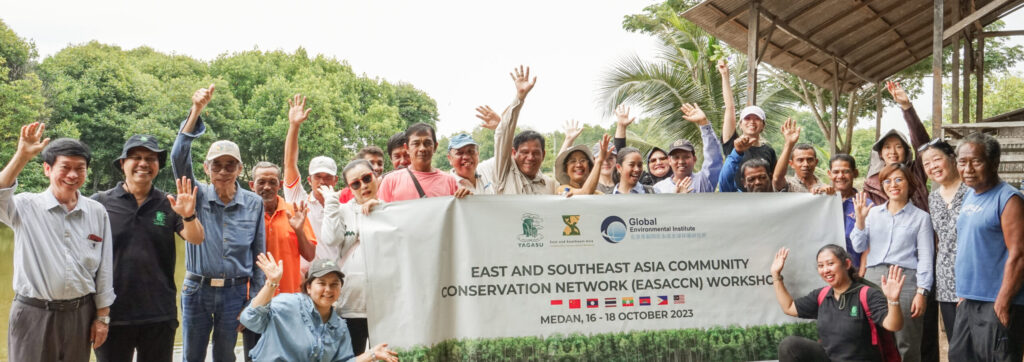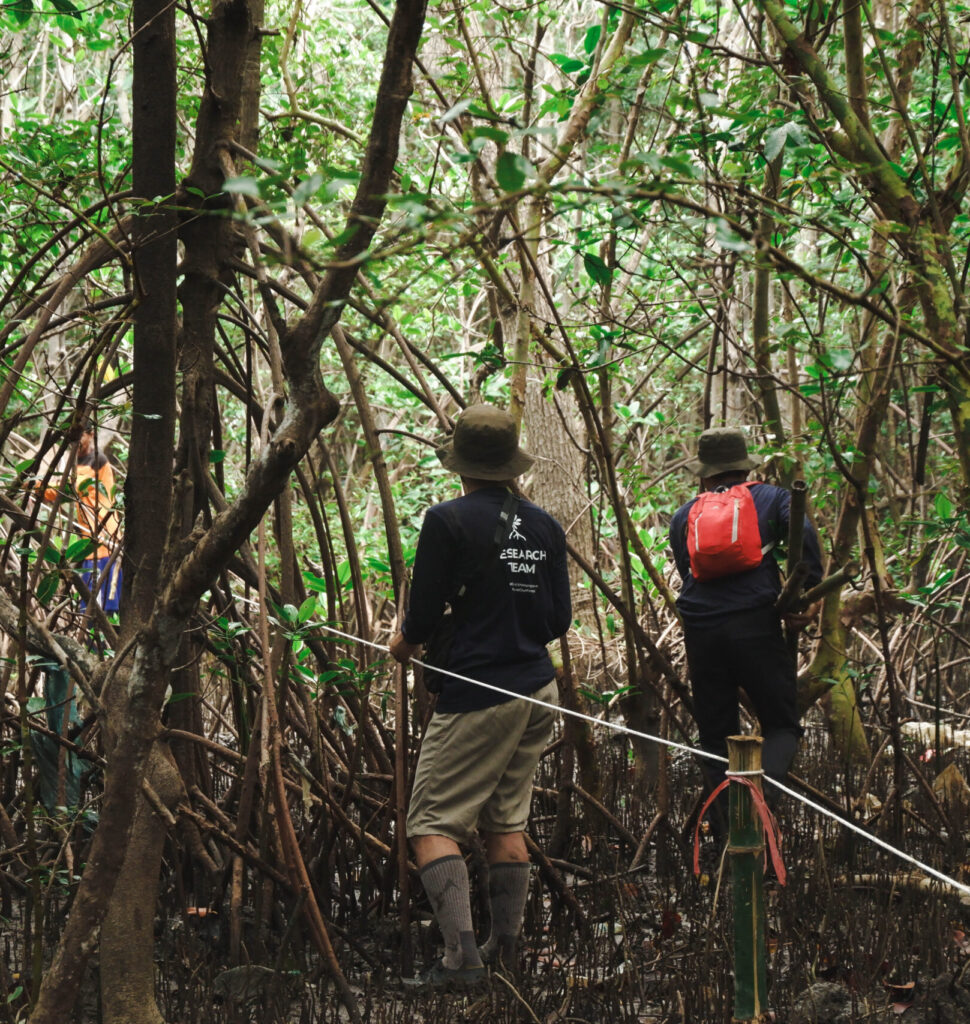SUSTAINABLE COMMUNITY PROGRAM
“The Power from the Locals”
Community-Based Approach

Local people living in remote and high-biodiversity areas conserve ecosystems to provide clean water, carbon sequestration, and safe food sources for others. Even though they manage over 50% of the land, most remain unsupported and vulnerable without rights, capacity, and sustainable funding.
This program will transform this dynamic by pioneering community-led solutions that harmonize environmental protection with inclusive development. We are not only aiming to empower local people with rights and sustainable funding but also to demonstrate a local-based mechanism that could advance the sustainability of the global community.
East and Southeast Asia Community Conservation Network
“A platform to share, learn, practice, and advocate community-based solutions for conservation and sustainable development.”
The East and Southeast Asia Community Conservation Network (EASACCN) is working with over 20 member organizations from 9 countries in the region, using community-based solutions to tackle mangrove deforestation, illegal wildlife trade, off-grid energy transition, and unsustainable investments.


Supporting community-based SMEs in the new market
Mangrove Conservation Corridor in East and Southeast Asia
East and Southeast Asia owns 33% of the world’s mangrove forest. Mangroves are implemented as a nature-based solution (Nbs) for coastal protection, carbon sequestration, and other services. Singapore’s mangroves are some of the most biodiverse in the world, containing 50% of the plant species and storing over 1.4 million tonnes of carbon dioxide. Even though great conservation successes have been achieved in Singapore and globally in the past decades, some mangrove areas may still be at risk from potential land use change. Thus, we will conserve and restore mangrove forests locally in Singapore as well as form a consortium to protect the regional mangrove forest corridor with other countries. Local and regional actions include mangrove rehabilitation, mangrove carbon trade, mangrove sustainable use, and multilateral policy collaboration will be taken with the support of focal governmental departments, development banks, NGOs, private sectors and local communities.



